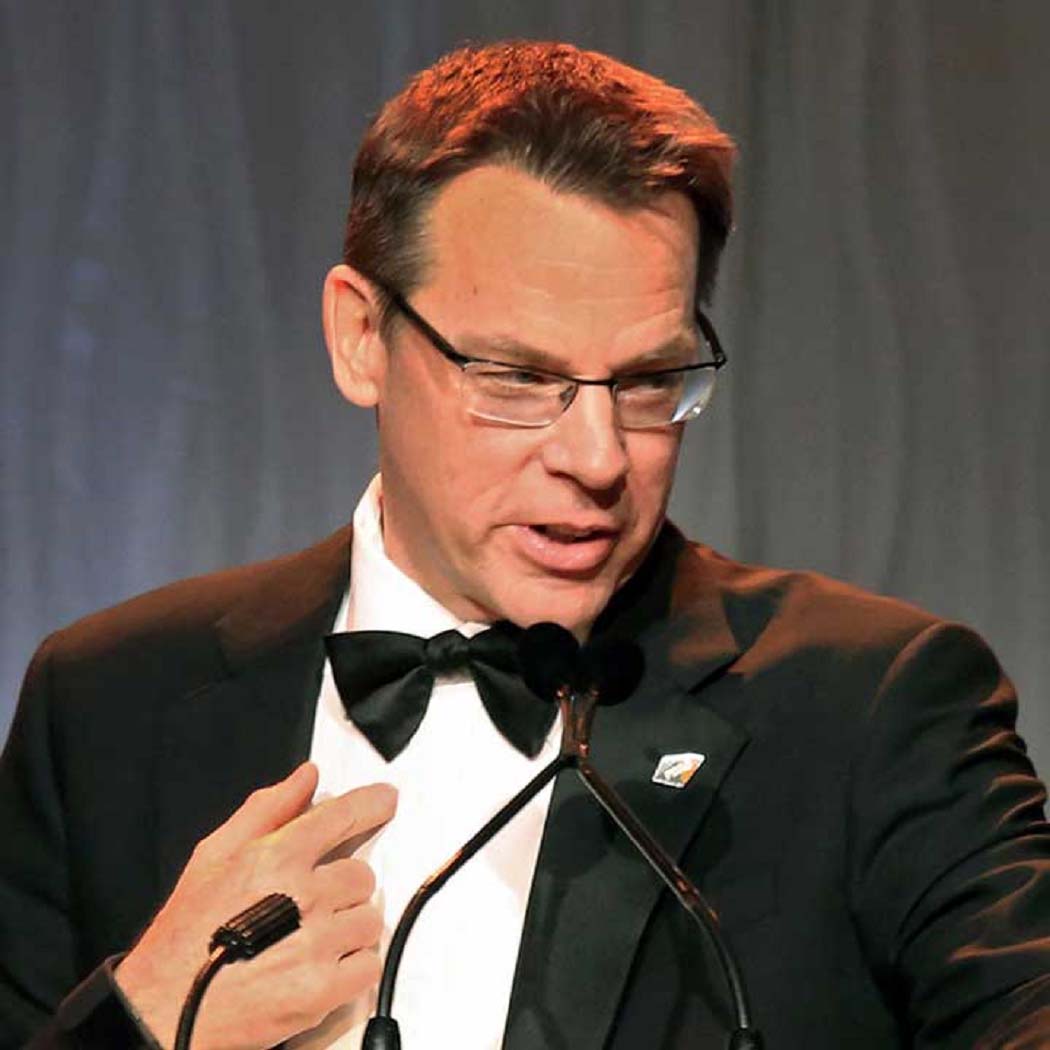
How did you get started in the mineral exploration industry?
I was in the Canadian Armed Forces, doing the Changing of the Guard ceremony on Parliament Hill (Ottawa) when I got a call from my Uncle asking me to work with him. He was a founder of Phoenix Geophysics Ltd., and had been a principal of the venerable McPhar Geophysics Ltd. Both companies were vanguards in the then relatively new exploration method of Induced Polarization surveys and Phoenix Geophysics was, in particular, doing research and building case-histories on results from the Frequency Domain method. Case-Histories meant going to mines and remote areas and developing resultant profiles from known deposits, over different commodities and deposit-types (gold, VMS Cu-Zn, porphyry Cu or Mo, etc.). I was enthralled from my very first excursion to the Gayna River in the N.W.T. and then onto Northern Ontario, Quebec, Manitoba, BC, Saskatchewan, various parts of the USA, and Maritimes. I absolutely loved “the bush” and couldn’t get enough of it. Being paid to work in a place that others paid to go and see, it was a compelling idea to a young-guy taking it all in. Packing heavy equipment around like a horse or mule, gradually evolved into being an “operator”, which, at that time I thought was the best job in the world. I worked mostly autonomously, and would take the crews to various remote locations, or go underground in various mines, and build the case-histories, or conduct more conventional exploration surveys. At that time, Phoenix Geophysics was also testing and refining what eventually became the Spectral I.P. system, and after several year this became their commercial focus.
I did this for about 8 seasons, all-told, from part-time in summers early on, to full-time, to part-time only to finance my university education in geology near the end. After the first few seasons, I kept being amazed at how many people I kept crossing paths with, be they other contractors or competitors, mining company employees, or Government representatives. This has remained constant to the current time and I still think I have the best job in the world, although the “job” has evolved somewhat.
What are some of the positions you’ve held over the years?
The early “fieldy” position evolved to an operator position, and then after graduation (Geology, B.Sc.) into a geologist and contracting geologist / consultant at various times. Early on, in my first year of university, I had started staking mining claims and then optioning mining propertiesand often kept the geological services work programs as well. Within a few years, I was living in Val-d’Or, and had assembled a large exploration group, focused entirely on working on 100%-owned projects - conceived, staked, and dealt in-house. By 1998 or so, there were two conditions that together caused me to re-evaluate what I wanted to do going forward. The first was the memorable Bre-X debacle, as it caused many of my public company clients to go out of business as they were unable to raise financing, and this had a predictable effect on a small exploration group. The second event, was a brokerage firm that had been encouraging me for 3 years or so, to take my private prospecting business public. I did so, and Canadian Royalties Inc. was incorporated in 1998 or thereabouts and later went public on a grass-roots royalties model. The original business plan had us (“CRI”) receiving “advance on royalties” payments from many properties in the Abitibi Greenstone Belt and Nunavik, Northern Quebec. Soon, due to the difficult financing environment, many of the clients defaulted, causing the NSR’s to lapse, and the properties were then returned to Canadian Royalties Inc., as 100% owned assets, and not just NSR’s. One of these was a Ni-Cu-PGE property in Nunavik, Quebec. This property is now in full production and has had over $1.5B ($1,500,000,000) spent on it since staking and the early exploration quickly discovered and delineated over 20M tonnes of Ni-Cu-PGE The company now has over 500 employees and is wholly owned by a Chinese nickel company, although still managed from Montreal and Val-d’Or, Quebec.
To what do you credit your career advancement?
Persistence, and the fact that I was a lousy employee working for someone else, and that I was lousy at team work. I wanted to work by myself for the most part, and to continue travelling to remote areas, mostly on my own. I also did not like getting “dressed-up” to go to work, and not wearing a shirt and tie was a big motivator. Geology, or more particularly, prospecting, started to look not just challenging, but affordable, attainable, and very motivating.
What are some of the most important lessons you’ve learned while working in the industry?
Be tenacious and follow your sixth sense. “No” only means “no, today”, not “no, forever”, and usually it can be reversed if there are sound financial reasons underlying the premise.
Given the cyclical nature of the industry, you must have faced a downturn – how did you weather your way through it and what advice would you give to young geologists and recent graduates that are facing the current slump?
The best deals are always done in the worst of markets and the worst of deals are always done in the best of markets. The latter is at least partly responsible for the former, as investors are very quick to hold accountable those who overpaid and those who did many dumb deals by grossly overpaying at market tops. Often, many such deals are done by those with either very little, or no “skin-in-the-game”. This is an essential key to success. Speak with your own funds, and then others might follow. There is no substitute to speaking with your own funds, and working to get them on your own is the surest path towards a positive outcome. Successful contractors, consultants and mining companies, and even countries, have figured this out. Good projects will always find the money. There are not enough good projects.